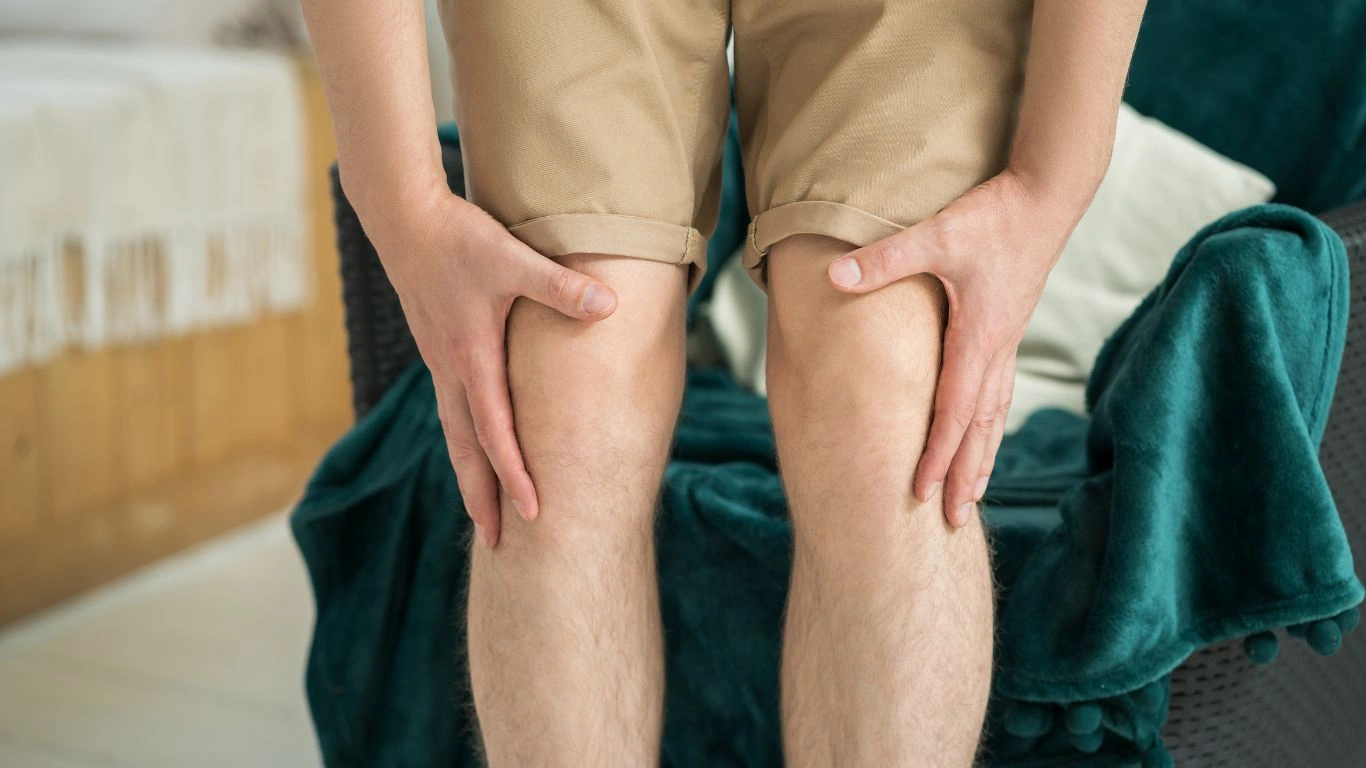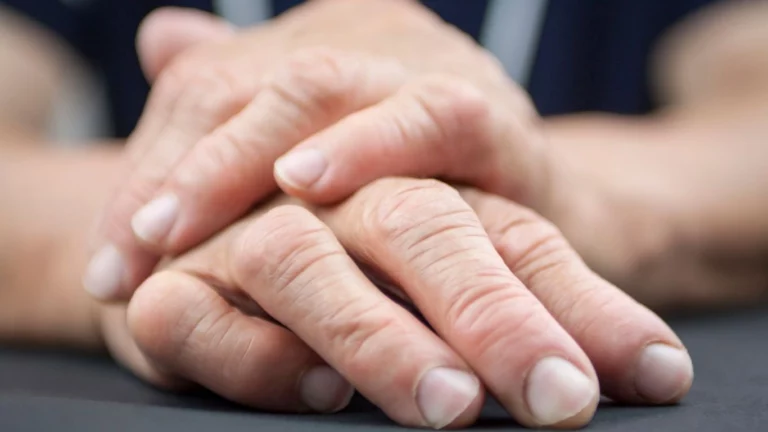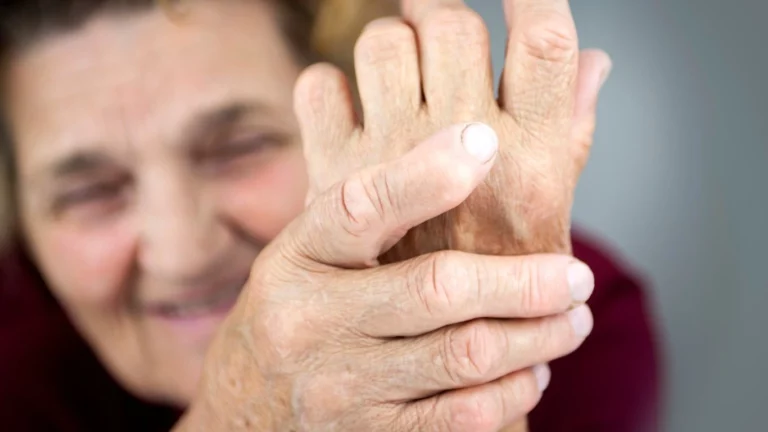How to Relieve Joint Pain Fast Naturally with These 5 Proven Remedies
If you’re dealing with joint pain, you know how frustrating and debilitating it can be. Whether it’s from rheumatoid arthritis, osteoarthritis, or an injury, joint discomfort can interfere with daily life in a big way. But don’t worry, you’re not alone, and there are ways to relieve joint pain fast naturally. I’ve worked as a Rheumatology Nurse Practitioner for years, and I’ve seen firsthand how certain natural remedies can provide real relief for people struggling with joint pain. The good news is that there are simple, effective methods you can incorporate into your routine to manage this condition without relying solely on prescription medications.
What Causes Joint Pain and How It Affects Your Life
Before diving into how to relieve joint pain fast naturally, it’s important to understand what causes it and how it affects your daily life. Joint pain can arise from a variety of conditions, from chronic diseases like rheumatoid arthritis to more common causes like overuse or injury. It can range from mild discomfort to intense, disabling pain. It doesn’t just affect your physical health but can also impact your mental well-being, making everything from walking to completing household chores feel like an uphill battle.

Common Causes of Joint Pain
- Rheumatoid arthritis (RA): This is an autoimmune condition where the body’s immune system mistakenly attacks the joints, leading to inflammation and pain.
- Osteoarthritis (OA): This is a degenerative joint disease where the cartilage in the joints wears down over time, leading to pain and stiffness.
- Injuries: Sprains, strains, and fractures can all result in temporary or long-lasting joint pain.
- Gout: A type of arthritis caused by uric acid buildup in the joints, leading to sudden and severe pain, often in the big toe.
- Overuse or repetitive motion: Athletes or anyone with a physically demanding job may experience joint pain from repetitive movements or overuse of the joints.
Regardless of the cause, dealing with joint pain can leave you feeling helpless. But, the good news is that there are various natural ways to alleviate this discomfort.
How to Relieve Joint Pain Fast Naturally: Top Strategies
Relieving joint pain fast naturally doesn’t always mean resorting to medications. In fact, many people find that lifestyle changes, dietary adjustments, and natural remedies can provide substantial relief. Here are some of the best methods I recommend to my patients for quick, natural relief from joint pain:
1. Try Hot and Cold Therapy
One of the simplest and most effective ways to relieve joint pain is through hot and cold therapy. The heat helps to increase blood flow to the affected area, which can relax stiff muscles and reduce pain. Cold therapy, on the other hand, works by numbing the area and reducing swelling.
- Heat Therapy: A warm compress or heating pad can be placed on the painful joint for 15-20 minutes to help relax muscles and ease discomfort.
- Cold Therapy: A cold pack or ice wrapped in a cloth can be applied to the joint for 10-15 minutes to reduce inflammation and numb the pain.
I always recommend alternating between hot and cold therapy throughout the day to help maintain comfort. Just be careful not to apply either for too long to avoid injury.
2. Incorporate Anti-Inflammatory Foods into Your Diet
What you eat can have a significant impact on your joint pain. Some foods have natural anti-inflammatory properties that can help reduce swelling and discomfort. Including these foods in your diet may not provide instant relief, but over time, they can help manage joint pain effectively.
- Turmeric: Curcumin, the active compound in turmeric, is known for its anti-inflammatory properties. Adding turmeric to your diet can help reduce inflammation in your joints.
- Ginger: Like turmeric, ginger has natural anti-inflammatory compounds. Consuming it in tea or as a spice in meals can reduce pain.
- Omega-3 fatty acids: Found in fish like salmon, sardines, and mackerel, omega-3 fatty acids can help decrease inflammation in the body.
- Berries: Blueberries, strawberries, and raspberries are rich in antioxidants, which can help reduce oxidative stress and inflammation.
- Leafy greens: Vegetables like spinach, kale, and broccoli are full of vitamins and minerals that promote joint health and reduce inflammation.
Adding these anti-inflammatory foods to your diet can support your joint health and help relieve pain over time.
3. Stay Active with Low-Impact Exercise
While it may sound counterintuitive to move your joints when you’re in pain, staying active is one of the best ways to manage joint discomfort. The key is to engage in low-impact exercises that don’t strain your joints but still keep them moving. Regular physical activity helps to maintain joint function, reduce stiffness, and improve overall flexibility.
- Swimming: The buoyancy of the water supports your body, making swimming a fantastic low-impact exercise that reduces joint stress.
- Walking: A gentle walk can help improve circulation and reduce stiffness, especially if done regularly.
- Yoga: Yoga stretches and strengthens the muscles around the joints, which can help ease pain and improve flexibility.
- Pilates: Pilates exercises focus on core strength and flexibility, which can reduce stress on your joints.
Even if you’re dealing with joint pain, try to find a routine that works for you. Start slowly and gradually increase the intensity as your joints allow.
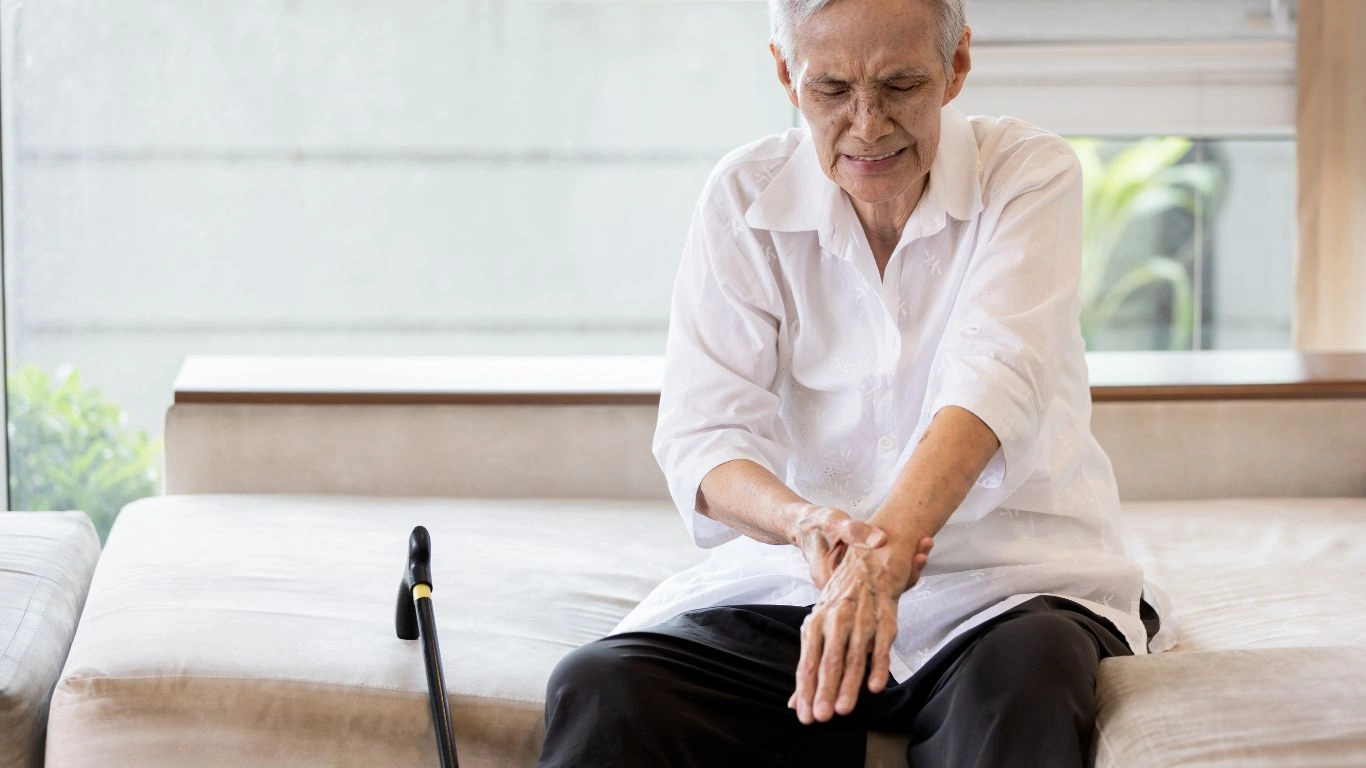
4. Explore Natural Supplements
There are a number of natural supplements that can help alleviate joint pain and improve mobility. Some of the most common ones include:
- Glucosamine and Chondroitin: These supplements are often used to help with osteoarthritis and joint health. They work by supporting cartilage repair and reducing inflammation.
- MSM (Methylsulfonylmethane): MSM is a sulfur compound found in some foods and available as a supplement. It’s known for its ability to support joint health and reduce inflammation.
- Boswellia: Derived from an herbal plant, Boswellia has anti-inflammatory properties and has been shown to reduce symptoms of osteoarthritis and rheumatoid arthritis.
Before starting any new supplement, it’s a good idea to check with your healthcare provider, especially if you’re already on other medications.
5. Embrace the Power of Essential Oils for Joint Pain Relief
If you’re looking for a natural, aromatic solution to joint pain, essential oils may just be your answer. Over the years, I’ve recommended essential oils to many of my patients, and countless individuals have found relief from pain and inflammation through their therapeutic properties. The great thing about essential oils is that they can be used in various ways, like through massage, inhalation, or even in a warm bath.
Which Essential Oils are Most Effective?
- Lavender oil: Known for its calming effects, lavender oil also has anti-inflammatory properties that can help alleviate joint pain. It’s great for reducing swelling and promoting relaxation.
- Peppermint oil: This one is a fan favorite! It has a cooling effect that helps soothe joint pain, and its menthol content can improve blood circulation, easing stiffness and pain.
- Frankincense oil: Frankincense has been used for centuries to treat inflammation and pain. Its potent anti-inflammatory effects make it an excellent choice for joint pain relief.
- Ginger oil: Ginger has long been used as a remedy for pain, and its essential oil is no different. It’s great for reducing inflammation and improving joint mobility.
- Turmeric oil: Just like turmeric in food, turmeric oil has strong anti-inflammatory properties and can be applied to joints to relieve discomfort.
To use these oils, you can dilute them with a carrier oil like coconut oil and gently massage them onto the affected area. Alternatively, add a few drops to a diffuser or a warm bath to experience their benefits.

6. Natural Anti-Inflammatory Herbs and Supplements
Beyond essential oils, there are several herbs and supplements that can provide relief from joint pain naturally. Over the years, I’ve had many patients swear by the healing properties of certain herbs and plant-based supplements to reduce inflammation and improve joint health. These herbs not only work effectively but often come with fewer side effects compared to pharmaceutical options.
Best Natural Herbs and Supplements for Joint Pain
- Turmeric (Curcumin): As mentioned earlier, turmeric is a powerhouse when it comes to reducing inflammation. It’s available in both powdered form and as a supplement, making it easy to incorporate into your daily routine.
- Boswellia (Indian Frankincense): This herbal remedy has been shown to significantly reduce inflammation and improve mobility in individuals with arthritis. It’s often used as a natural alternative to non-steroidal anti-inflammatory drugs (NSAIDs).
- Devil’s Claw: Originating from South Africa, devil’s claw has been used for centuries to treat pain and inflammation, particularly in the joints. It’s known for its ability to improve joint flexibility and reduce discomfort.
- Cayenne Pepper (Capsaicin): This might surprise you, but capsaicin, the compound that gives chili peppers their heat, is often used topically to relieve joint pain. It helps by reducing the pain signals sent to the brain and providing localized relief.
- White Willow Bark: Often referred to as “nature’s aspirin,” white willow bark contains salicin, a compound similar to aspirin that can help reduce pain and inflammation.
Before adding these herbs or supplements to your routine, it’s important to talk to your healthcare provider, especially if you’re on other medications, to avoid potential interactions. But these natural remedies are a great way to reduce inflammation and relieve joint pain in the long term.
7. Manage Stress to Reduce Joint Pain
It might not be immediately obvious, but stress can actually make joint pain worse. As someone who’s worked with people suffering from chronic conditions for years, I can tell you that stress and anxiety can lead to increased muscle tension and inflammatory responses in the body, worsening joint pain. If you’re constantly stressed out, it can also impact your sleep, which only makes things worse. That’s why managing stress is crucial in relieving joint pain naturally.
Effective Stress Management Techniques
- Deep Breathing Exercises: Taking a few minutes each day to focus on deep breathing can help relax your body and mind. It can also help manage pain by calming the nervous system and reducing the inflammatory response.
- Mindfulness Meditation: Practicing mindfulness or meditation for just 10-15 minutes a day can help reduce stress levels. This, in turn, can ease muscle tension and improve your overall well-being, including joint health.
- Progressive Muscle Relaxation: This technique involves tensing and then relaxing each muscle group in your body, helping to release stress and reduce physical tension.
- Spending Time Outdoors: Nature has a unique way of calming the mind. Spending time outside, whether it’s walking in the park or simply enjoying some fresh air, can significantly reduce stress levels and provide a mental break.
By taking control of your stress levels, you may find that your joint pain is easier to manage. Plus, you’ll experience better overall health, which is always a win!
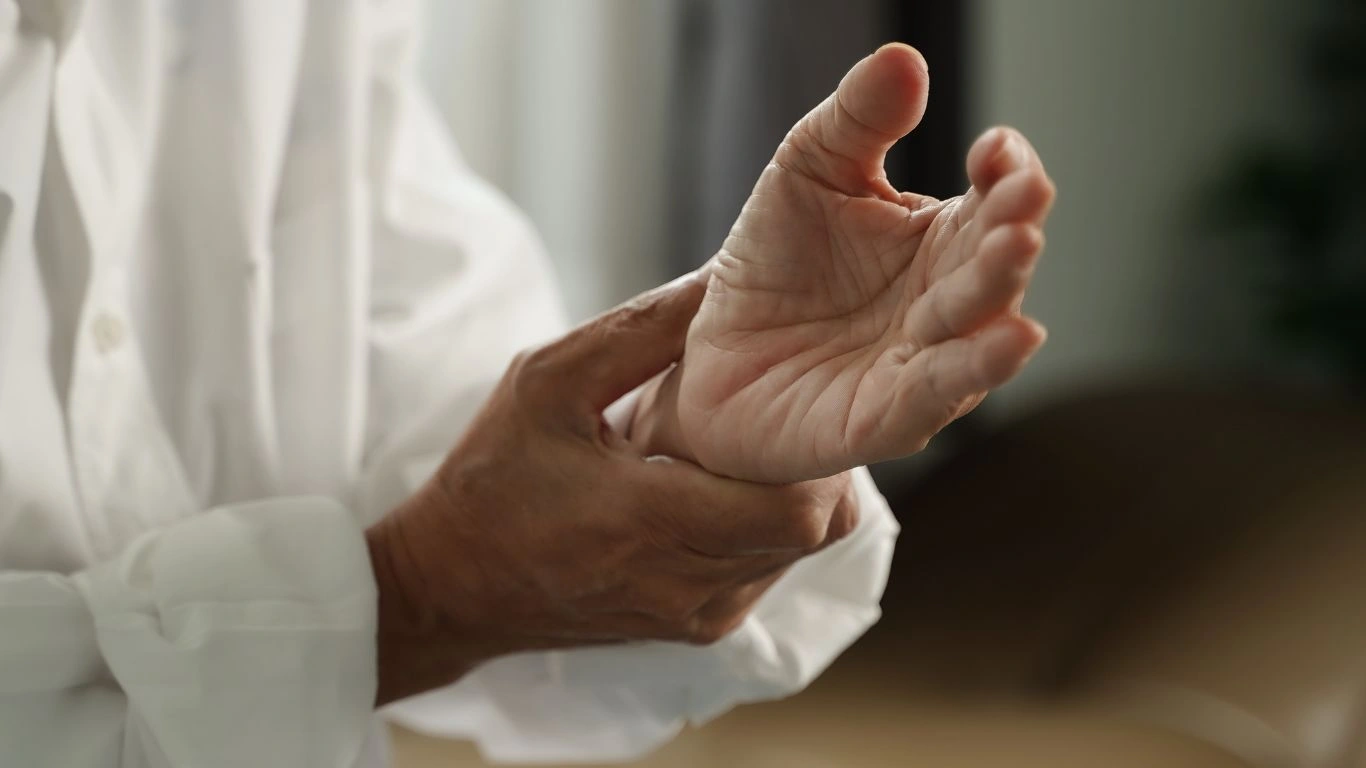
8. Sleep Well for Joint Health
We often overlook how essential sleep is in managing joint pain. Poor sleep habits or inadequate rest can make your joints feel stiffer and more painful. Sleep is when your body does most of its healing, so getting quality rest is essential for joint health. Many of my patients have reported significant improvements in joint pain after making sleep a priority in their routine.
Tips for Better Sleep with Joint Pain
- Create a Consistent Sleep Schedule: Go to bed and wake up at the same time every day to regulate your circadian rhythm. A consistent sleep schedule promotes better quality sleep and helps with pain management.
- Sleep in a Comfortable Position: Experiment with pillows and positioning to find the best way to sleep without straining your joints. Some people find that sleeping with a body pillow between their knees or under their arms can relieve pressure on their joints.
- Use a Heated Blanket: A heated blanket or warm compress on your joints before bed can help relax muscles and ease stiffness, promoting a more restful sleep.
- Avoid Caffeine and Heavy Meals Before Bed: Avoid stimulants like caffeine and large meals close to bedtime, as they can interfere with sleep quality. Opt for light, healthy snacks if you’re hungry.
By making sleep a priority, you’ll not only feel better the next day but also provide your body with the time it needs to repair itself, reducing inflammation and easing joint pain.
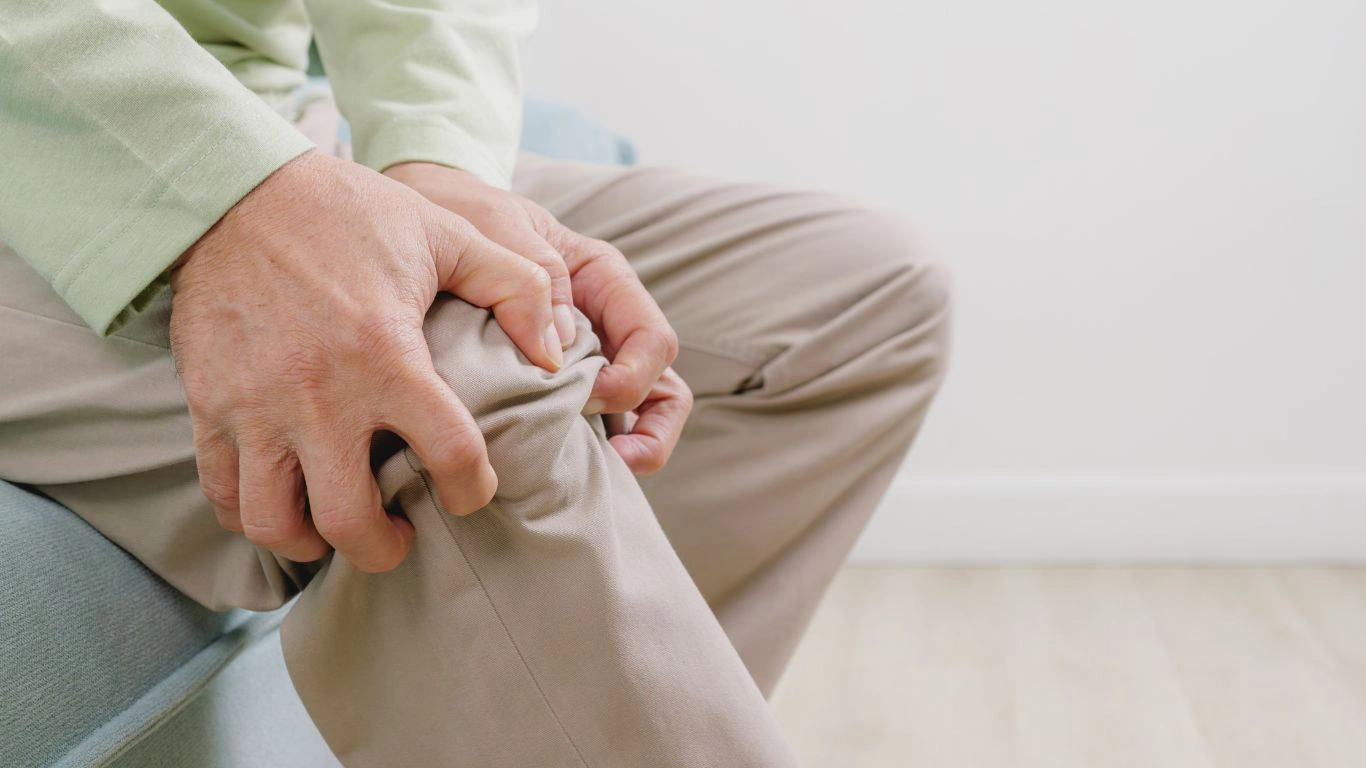
9. Weight Management and Joint Health
If you’re carrying excess weight, it can put a lot of stress on your joints, especially the knees, hips, and spine. As someone who works with patients dealing with chronic joint pain, I’ve seen firsthand how weight management can play a pivotal role in relieving discomfort. By shedding some pounds, you reduce the pressure on your joints, which can significantly decrease pain and improve mobility.
How Losing Weight Eases Joint Pain
Even a small reduction in body weight can make a big difference. When you lose weight, you’re essentially reducing the load your joints have to carry, which can help minimize wear and tear. For example, every pound lost can take approximately four pounds of pressure off your knees. This can be especially helpful for individuals with osteoarthritis, where joint degeneration is a key concern.
- Low-impact Exercise for Weight Loss: Activities like swimming, biking, or walking are great for burning calories while being gentle on your joints.
- Healthy Eating Habits: A balanced diet that includes fruits, vegetables, lean proteins, and healthy fats can help you achieve and maintain a healthy weight.
- Strengthening Muscles: Building up the muscles around your joints helps stabilize them, which can also reduce joint pain and improve function.
When you take control of your weight, you’re not just easing joint pain—you’re setting yourself up for better overall health. It’s an investment in your well-being that can pay off in the long run.

10. Acupuncture: A Time-Tested Remedy for Joint Pain
Acupuncture is another natural remedy that I’ve personally seen bring relief to many patients dealing with joint pain. This ancient practice, rooted in Traditional Chinese Medicine (TCM), involves inserting very thin needles into specific points on the body. It’s believed that acupuncture helps balance the body’s energy flow (or “qi”), which can reduce pain, inflammation, and stiffness in the joints.
What to Expect from Acupuncture Treatments
If you’re new to acupuncture, it’s normal to have some questions about what the process entails. During a typical session, a licensed acupuncturist will insert needles into targeted areas of your body, usually around the affected joints. These needles are so fine that most people experience little to no pain during the process. Many patients report feeling a sense of relaxation during or after a session.
- Improved Blood Flow: Acupuncture stimulates blood flow to the area, which can promote healing and reduce inflammation.
- Reduced Pain: Acupuncture is thought to trigger the release of endorphins, the body’s natural pain-relieving chemicals.
- Enhanced Mobility: By relieving pain and improving circulation, acupuncture can help increase joint mobility and flexibility.
While more research is needed to fully understand how acupuncture works, many patients find it to be an effective natural treatment for joint pain. If you’re interested in trying acupuncture, make sure to seek out a certified acupuncturist with experience in treating joint pain.
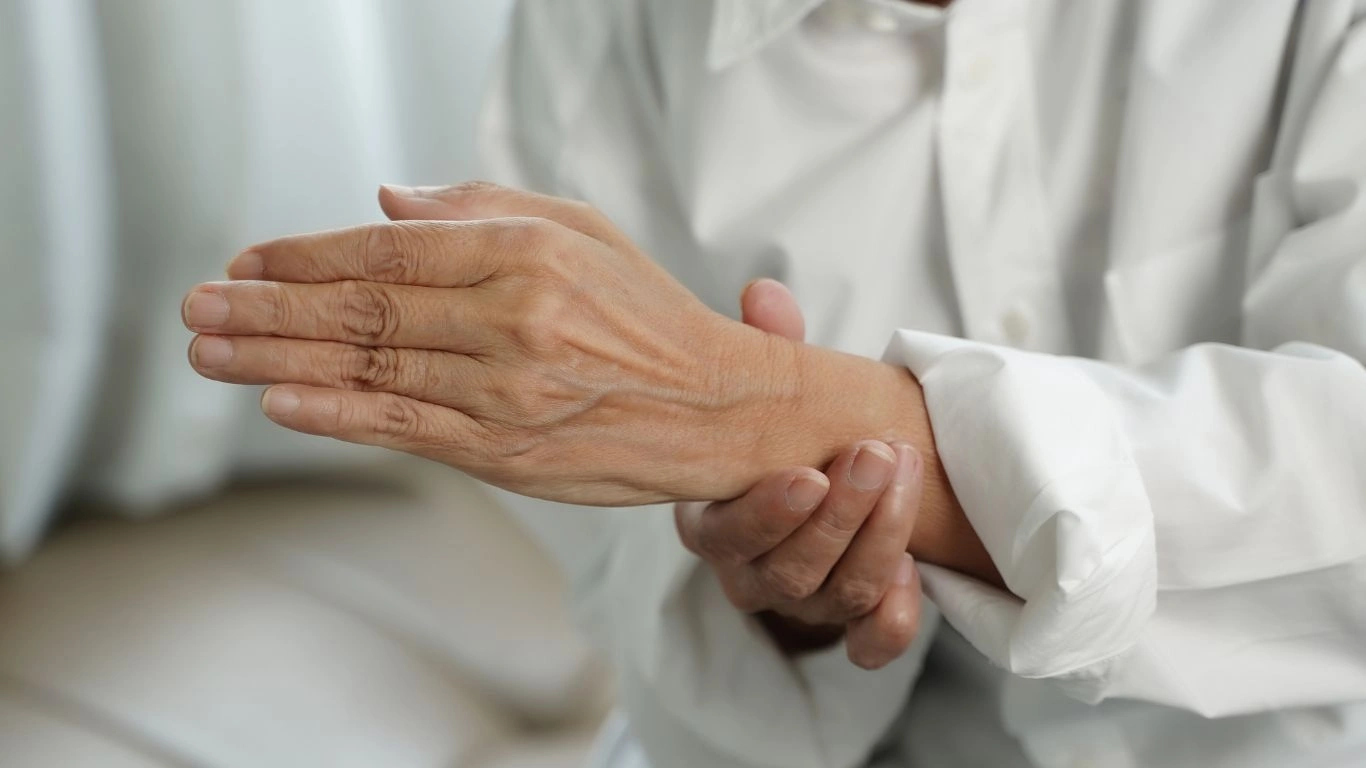
11. Proactive Measures: Preventing Joint Pain from Returning
Once you’ve found relief from joint pain, the next step is to take proactive measures to keep it from coming back. It’s all about creating a lifestyle that supports joint health long-term. Whether it’s through continued exercise, a balanced diet, or regular stress management, there are several strategies you can incorporate into your routine to prevent joint pain from returning.
Practical Tips to Keep Joint Pain at Bay
- Stay Active: Regular movement is key to keeping your joints flexible and strong. Try to incorporate low-impact exercises like walking or swimming into your weekly routine.
- Stretch Regularly: Stretching helps maintain flexibility and can reduce stiffness in your joints. Yoga and Pilates are great options for improving joint mobility.
- Maintain a Healthy Weight: As mentioned earlier, keeping your weight within a healthy range can reduce the strain on your joints.
- Protect Your Joints: If you have a job or hobby that puts stress on your joints, make sure to use proper ergonomics and joint protection strategies to avoid further damage.
- Regular Check-ups: Routine check-ups with your healthcare provider can help catch potential issues early before they develop into more serious conditions.
By implementing these preventive measures, you can ensure that your joints stay healthy and pain-free for years to come. Remember, prevention is always easier than treatment, so staying proactive is key to maintaining your mobility and quality of life.
Disclaimer
The information provided in this article is for educational purposes only and should not be considered medical advice. Always consult with a healthcare professional before making any changes to your diet, exercise routine, or treatment plan, especially if you have pre-existing medical conditions or are taking medication. The natural remedies mentioned in this article are not meant to replace professional medical treatment but can complement your overall health and wellness strategy. Individual results may vary.
For more information on joint health and pain management, you can visit reputable health websites like National Institutes of Health (NIH) and Health.com.

Tarra Nugroho is a dedicated Nurse Practitioner with a strong foundation in family and preventive care. She brings both compassion and clinical expertise to her practice, focusing on patient-centered care and health education. As a contributor to Healthusias.com, Tarra translates medical knowledge into clear, empowering articles on topics like women’s health, chronic disease management, and lifestyle medicine. Her mission is simple: help people feel seen, heard, and informed—both in the clinic and through the content she creates. When she’s not caring for patients, Tarra enjoys weekend hikes, plant-based cooking, and curling up with a good health podcast.
